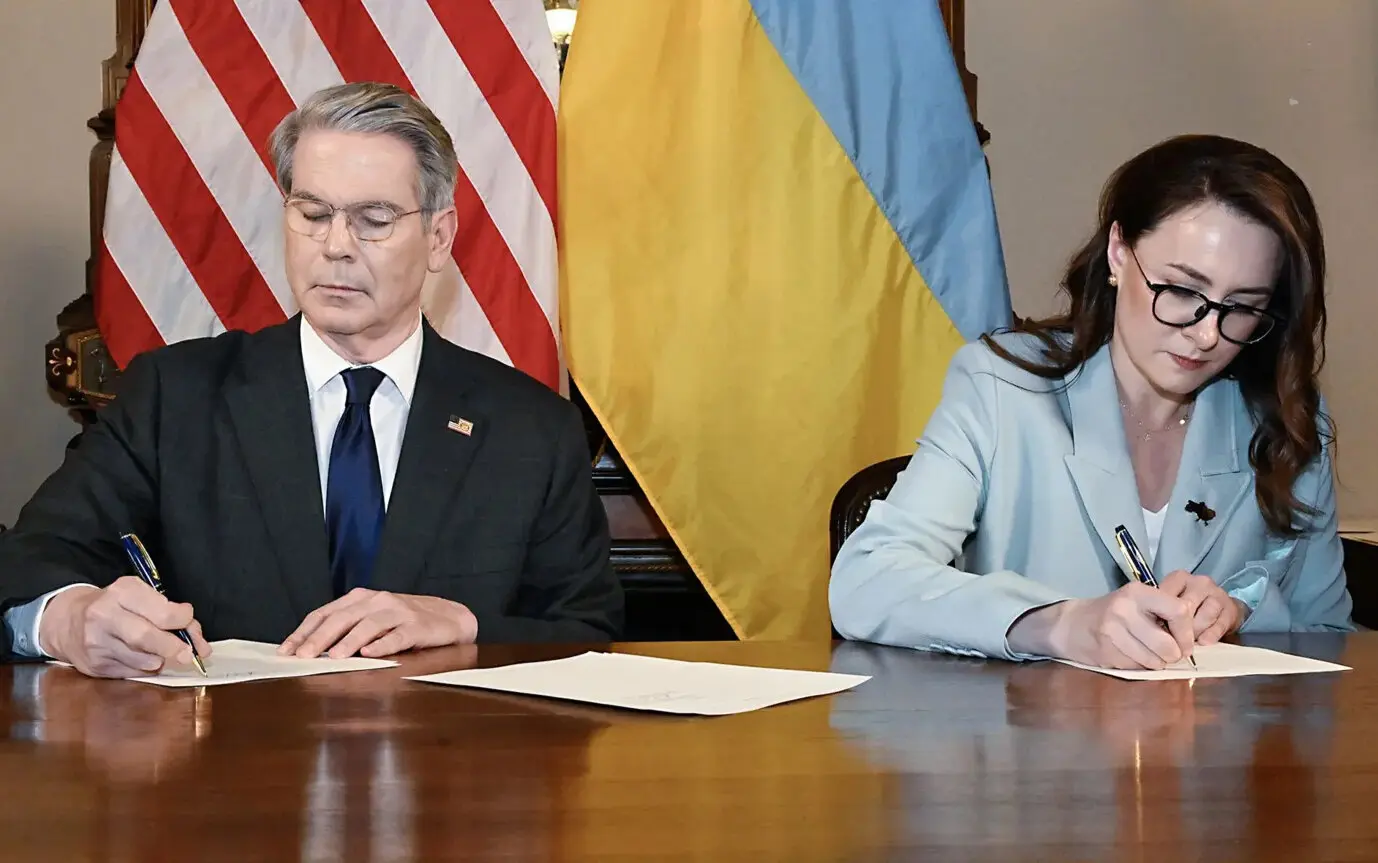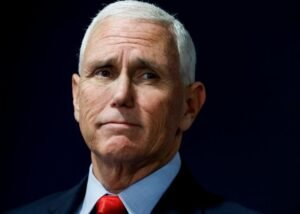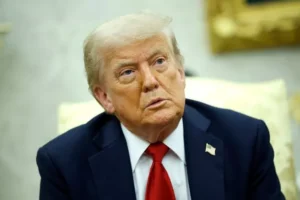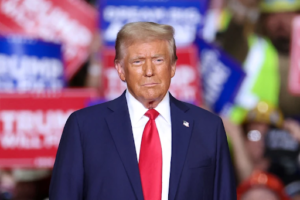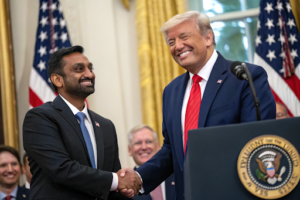Overview of the Agreement
In a major announcement on Wednesday, the Trump administration revealed a new agreement between the United States and Ukraine that outlines the joint sharing of revenues from Ukraine’s extensive mineral resources. This unprecedented partnership involves the creation of a joint investment fund between the two nations, aimed at supporting Ukraine’s long-term recovery and prosperity amid ongoing conflict with Russia.
Although the U.S. government has not yet disclosed full details of the agreement, the move signifies a strategic shift in Washington’s approach to supporting Ukraine. Rather than providing open-ended financial or military assistance, the Trump administration is now tying U.S. involvement to shared economic interests, particularly in Ukraine’s valuable natural resource sector.
Strategic Implications
This mineral-sharing deal follows months of tense negotiations, as the U.S. has been seeking a more sustainable and results-driven framework for aiding Ukraine. The White House’s objective has been to support Ukraine’s sovereignty and recovery without what officials have described as writing a “blank check.”
By linking American support to economic development, President Trump hopes to promote greater accountability while still signaling continued backing for Ukraine in its ongoing conflict with Russia. The deal also aims to provide a direct incentive for U.S. engagement by offering the American side a long-term stake in Ukraine’s economic future.
Statement from the Treasury Secretary
Treasury Secretary Scott Bessent, speaking on behalf of the administration, described the agreement as a firm declaration of U.S. commitment to Ukraine’s independence and prosperity.
“This agreement signals clearly to Russia that the Trump administration is committed to a peace process centered on a free, sovereign, and prosperous Ukraine over the long term,” Bessent said. “President Trump envisioned this partnership between the American people and the Ukrainian people to show both sides’ commitment to lasting peace and prosperity in Ukraine.”
He further emphasized that the deal is structured to ensure transparency and ethical participation. “And to be clear,” Bessent added, “no state or person who financed or supplied the Russian war machine will be allowed to benefit from the reconstruction of Ukraine.”
Ukraine’s Mineral Wealth: A Key Asset
Ukraine possesses vast reserves of valuable minerals, including lithium, titanium, iron ore, and rare earth elements—critical for modern technologies and defense applications. The exploitation of these resources has long been viewed as a potential engine for economic recovery and national strength.
For years, international investors have eyed Ukraine’s natural wealth, but development has been hampered by corruption, regulatory uncertainty, and of course, the Russian conflict. This agreement could provide the institutional support and international oversight needed to jumpstart responsible mineral extraction and export, with both Ukraine and the U.S. benefiting from the revenues.
U.S. Stake in Post-War Reconstruction
The deal also appears to serve a broader geopolitical purpose. By aligning itself more closely with Ukraine’s post-war reconstruction, the U.S. positions itself as a key player in Eastern Europe, countering Russian influence. Moreover, creating financial ties to the rebuilding of Ukraine ensures continued American interest in seeing the country succeed both politically and economically.
Critics, however, may raise concerns about the precedent of tying foreign aid to resource-sharing. Some may argue this could be perceived as leveraging aid for commercial gain. Nonetheless, the administration seems committed to a model that emphasizes mutual benefit rather than one-sided assistance.
Military Aid Still Unclear
One lingering question is what this deal means for U.S. military support to Ukraine. Since Russia’s invasion, the U.S. has been one of the largest suppliers of military aid and defensive equipment to Kyiv. However, with this new economic agreement, it’s unclear whether future military assistance will continue at the same pace, be reduced, or be tied to new conditions.
Officials have so far remained silent on whether the mineral agreement is a supplement or a replacement to current forms of aid. Observers say this ambiguity may be intentional, allowing the U.S. to retain strategic flexibility as peace negotiations progress.
A Personal Stake for Trump?
Analysts also note the personal significance of the deal for President Trump, who has often criticized what he sees as excessive foreign aid spending. By tying U.S. involvement in Ukraine to a revenue-generating model, the agreement could be viewed as more palatable to both the President and his political base.
The structure of the deal may also help counter criticism that the administration has been either disengaged or transactional in foreign affairs. Instead, it frames Trump’s involvement as a strategic investment in peace and prosperity, not only for Ukraine but for global stability.

